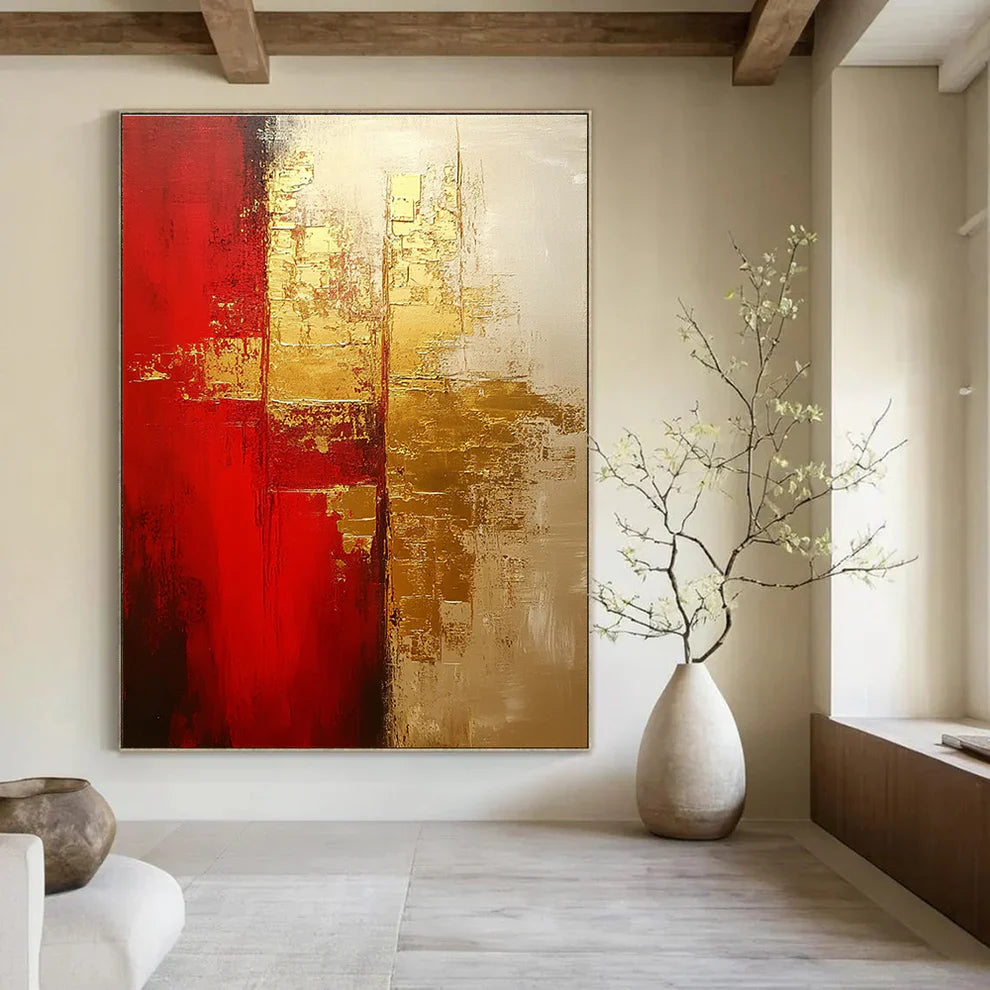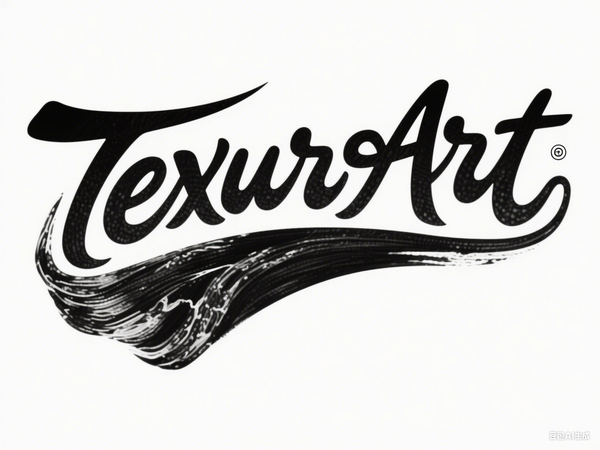
The Timeless Allure of Gold Leaf Art - A Journey Through History, Craftsmanship, and Contemporary Elegance
Share
In the vast tapestry of artistic expression, few techniques evoke as much opulence and historical resonance as Gold Leaf Art. This ancient method, involving the application of ultra-thin sheets of pure gold onto surfaces, has adorned everything from sacred icons to modern abstract canvases, transforming ordinary materials into symbols of luxury and transcendence. Originating thousands of years ago, gold leaf has been prized for its luminous quality, which captures light in a way that no pigment can replicate, creating an ethereal glow that draws the eye and stirs the soul. Today, artists and designers continue to harness this medium to blend tradition with innovation, making it a staple in high-end interiors and galleries worldwide. This exploration delves into the rich history of gold leaf, its meticulous techniques, influential artists who mastered it, and its enduring role in contemporary art, revealing why this shimmering craft remains a beacon of creative sophistication.

The origins of gold leaf trace back to ancient civilizations, where it symbolized divinity and eternal life. In ancient Egypt, artisans hammered gold into delicate sheets to gild sarcophagi and temple walls, believing the metal's incorruptibility mirrored the immortality of the gods. Similarly, in Asia, particularly China and Japan, gold leaf was integral to religious art, embellishing Buddhist statues and scrolls with a radiant sheen that signified enlightenment. The process, known as goldbeating, involves pounding gold alloys between layers of animal skin until they reach an astonishing thinness—often less than a micrometer. This historical depth is well-documented in encyclopedic resources like the gold leaf entry on Wikipedia, which outlines its evolution from prehistoric uses to medieval mastery. During the Byzantine era, gold leaf reached new heights in mosaics and icons, where vast golden backgrounds created a sense of heavenly space, as seen in the opulent domes of Hagia Sophia. These applications not only enhanced visual impact but also conveyed spiritual messages, with gold representing divine light piercing through earthly shadows.
Moving into the European Renaissance, gold leaf became a hallmark of religious and royal commissions. Masters like Fra Angelico and Giotto employed it in panel paintings, layering it beneath translucent glazes to achieve a depth of color and luminosity that oil paints alone couldn't match. The technique of water gilding, where gold leaf is adhered using a water-based mordant, allowed for burnished finishes that gleamed like polished metal, while oil gilding offered matte effects for subtler elegance. Britannica provides an authoritative overview in its article on gold leaf, explaining how this material's versatility made it indispensable for illuminating manuscripts and decorating altarpieces. Institutions such as the Metropolitan Museum of Art house extensive collections featuring gold leaf, showcasing artifacts from diverse cultures that highlight its global significance. For instance, their searchable database of gold leaf artworks includes Japanese screens and European devotional pieces, underscoring the medium's role in bridging artistic traditions across continents.
One cannot discuss gold leaf without acknowledging the innovative ways artists have pushed its boundaries. In the 18th and 19th centuries, figures like William Blake integrated gold and silver leaf into their visionary works, using it to symbolize spiritual realms and enhance the mystical quality of their illuminated books. A scholarly examination from the Blake Archive delves into Blake's extraordinary use of gold, revealing how he applied shell gold—a powdered form mixed with binder—for intricate details that added depth to his poetic visions. This fusion of metallurgy and artistry extended to decorative arts, where gold leaf adorned furniture, frames, and even architecture, as in the lavish interiors of Versailles. In more recent times, conservation efforts have illuminated the scientific side of gold leaf, with experts employing advanced imaging to study its application in historical pieces. The Getty Museum's reflections on a decade of research highlight breakthroughs in analyzing gold leaf sheets in Italian panels, demonstrating how size and composition can trace an artwork's origins, blending art history with technology.

Beyond traditional paintings, gold leaf has found expression in unexpected mediums, such as glass and textiles. The Princeton Index of Medieval Art explores related techniques like gold glass, where gold leaf is fused between glass layers to create luminous portraits and scenes, as detailed in their archival documentation on gold glass. This method, popular in Roman and Hellenistic periods, produced vessels and medallions that combined fragility with eternal shine, often depicting familial or religious motifs. In contemporary contexts, gold leaf art has evolved to embrace abstraction and mixed media, with artists layering it over acrylics or resins for textured, multidimensional effects. Modern galleries feature pieces where gold leaf interacts with bold colors or minimalist designs, appealing to collectors seeking a touch of glamour in their spaces. Its adaptability makes it ideal for custom installations, from wall murals in luxury hotels to sculptural elements in public art, proving that this age-old technique remains relevant in an era of digital innovation.
The appeal of gold leaf art lies not only in its aesthetic brilliance but also in its cultural and emotional resonance. It evokes wealth and prestige, yet its creation demands patience and skill, reminding us of the human touch behind every shimmering surface. As environmental awareness grows, sustainable sourcing of gold has become a priority, with ethical alternatives like recycled or imitation leaf gaining traction among eco-conscious creators. Whether in a grand museum exhibit or a cozy home setting, gold leaf art continues to captivate, offering a golden thread connecting past masterpieces to future visions.
FAQ
What is gold leaf art? Gold leaf art refers to the decorative technique of applying thin sheets of gold to surfaces like canvas, wood, or glass to create luminous effects in paintings, sculptures, and other artworks.
How is gold leaf applied? Typically, an adhesive called size is brushed onto the surface, followed by carefully placing the gold leaf and burnishing it for a smooth finish, though variations exist for different textures.
Is gold leaf art durable? Yes, when properly applied and sealed, gold leaf can last for centuries, as evidenced by ancient artifacts that retain their shine.
Can gold leaf be used in modern interiors? Absolutely, it's popular for accent walls, furniture, and abstract pieces, adding a luxurious touch to contemporary designs.
Where can I learn more about historical gold leaf techniques? Resources from museums and educational sites provide in-depth guides, often with examples from Renaissance and medieval periods.
How do I care for gold leaf artworks? Avoid direct sunlight, high humidity, and abrasive cleaning; gentle dusting and professional conservation are recommended for longevity.
